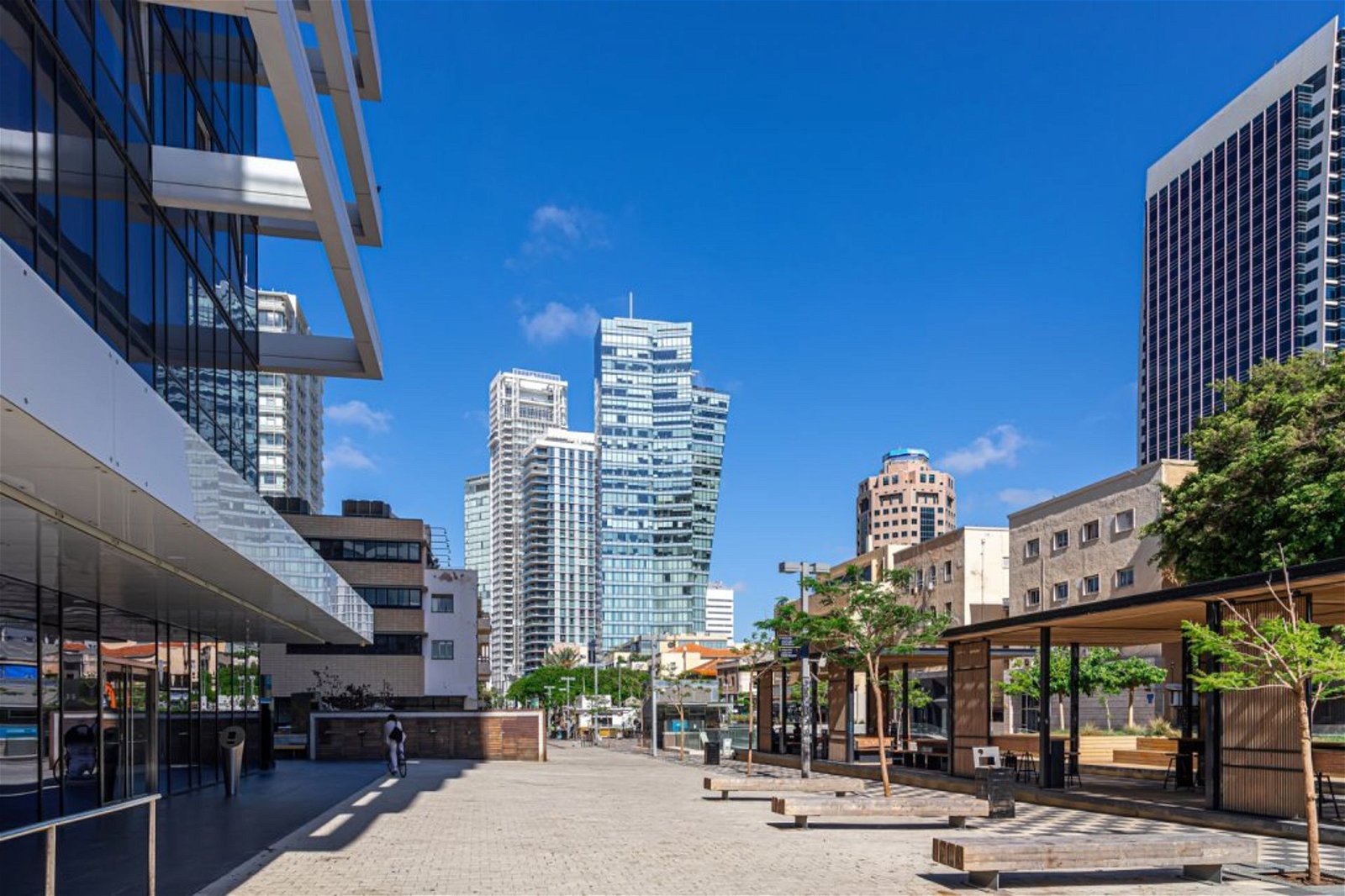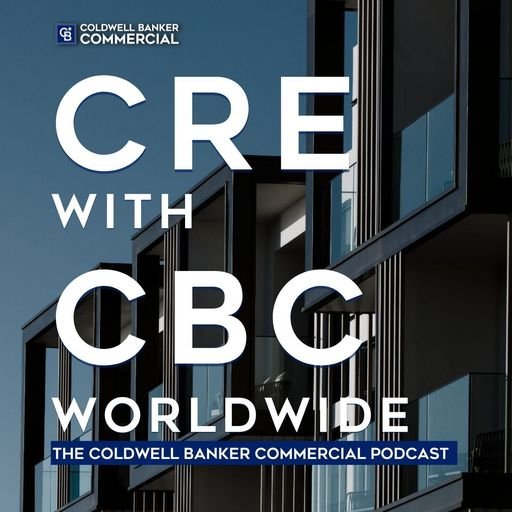Commercial Real Estate (CRE) Volume, Prices Reach New Heights Globally in Q3

The just released RCA CPPI composite index shows that both global deal volume and commercial property prices climbed to new highs in the third quarter of 2021. Economists at RCA point to this confluence as a sign that buyer expectations are adjusting upward as the market moves past the lows of the worst parts of the pandemic.
While the COVID-19 pandemic remains a concern, commercial real estate markets appear to be looking beyond the immediate challenges and are considering income prospects over the long term. A case in point is the industrial sector, which is lifting prices across global regions as investors anticipate further income growth as supply chains adjust to new ways of connecting with consumers worldwide.
The Asia Pacific region led the world for commercial property price growth in Q3 21, according to research by RCA. The RCA CPPI composite index for the region was up 11.6% year-over-year. Part of what is driving that increase is future growth expectations, but RCA points out another factor is the depth of the decline in 2020. Asia Pacific saw prices fall further than any other last year as the initial wave of COVID-19 hit the region sooner and harder than elsewhere. Some of the outperformance of the region today is a function of the rebound.
RCA reports North American markets posted the second strongest growth for the quarter as the RCA CPPI composite index for the region rose 7.4% year-over-year. Fortunately, the pandemic never pushed price growth into declines for the region in 2020, though growth did slow to the low single digits. The rebound for North America didn’t have as much ground to make up compared to the Asia Pacific region, thus it did not experience quite as strong of a rebound either. RCA notes the current pace of growth in North America is also a shade lower than the pace set in 2017 when investments in CBD office assets surged.
Price growth in the EMEA region lags that seen elsewhere in the world. The RCA CPPI composite index for the region rose only 3.5% year-over-year. That is a pace slightly faster than the 3.2% year-over-year pace of growth set in Q2 21, though it is still hampered by investor concerns about the key office sector.
RCA notes that expectations for future income growth opportunities in commercial real estate are arriving at the same time as inflation trends are accelerating worldwide – both of which draw from the same well. In some previous business cycles, property income has continued to grow even as inflation eroded capital values. Investors hope and believe that same pattern of income growth repeats now and that is a reason more capital flow is being attracted into the commercial real estate markets globally. RCA warns that if new supply gets out of control, expectations for income growth can be dashed.
Seoul topped the list for price growth in both the Asia Pacific region and the world in Q3 21, slightly ahead of Melbourne. The commercial index for Seoul rose 22.4% year-over-year. In the Americas, the Los Angeles metro area led price growth in the third quarter. The index for Los Angeles was up 17.4% year-over-year. The logistics-dominated Inland Empire market in Southern California drove growth. The Inland Empire recorded stronger price growth than any individual market within a metro area globally in Q3 21 at 27.4% year-over-year.
Logistics also is behind the price growth experienced in Melbourne, where the RCA CPPI commercial index was up 22.4% year-over-year for the quarter. The leading metro in the EMEA region was London, which posted a 3.8% year-over-year pace of price growth.
Across the global markets RCA analyzed, commercial pricing levels at the end of the third quarter were at or above levels experienced at the end of 2019 in all instances except one. The picture was less rosy for price growth of the core Central Business Districts (CBD) within these cities. In seven of the 17 markets analyzed, pricing levels were below where they were before the pandemic. CBD price growth in five additional markets was positive, but still trailed those of the broader metropolitan area. This divergence between CBD and non-CBD pricing reflects in some part the evolving preferences of investors in response to COVID-19.
RCA concluded its Global Cities report touching on the relative priciness of office occupancy before the pandemic struck. It points out most of the markets with negative commercial price growth since the pandemic began are also some of the most expensive office markets in the world by occupancy costs. That is the case with London, as Europe’s only representative with falling CBD pricing in both key office markets and the only European city ranked in the top 20 most expensive office markets globally.
It is wise to pay attention to transaction volume and asset price trends because these numbers suggest what buyers, as well as sellers, are thinking. Obviously, the pandemic played a significant role in investment activities across the commercial real estate sector. Both deal flow and pricing can indicate how the market has adjusted and if it has moved past such a volatile period for the industry.
A Trusted Guide in Commercial Real Estate
Coldwell Banker Commercial® provides Commercial Real Estate Services from Property Sales and Leases, to Property Management. Learn how our expansive network of Independently Owned and Operated Affiliates and Real Estate Professionals use their in-depth knowledge of the local market and industry trends to help businesses and investors navigate the complexities of the commercial real estate landscape.






